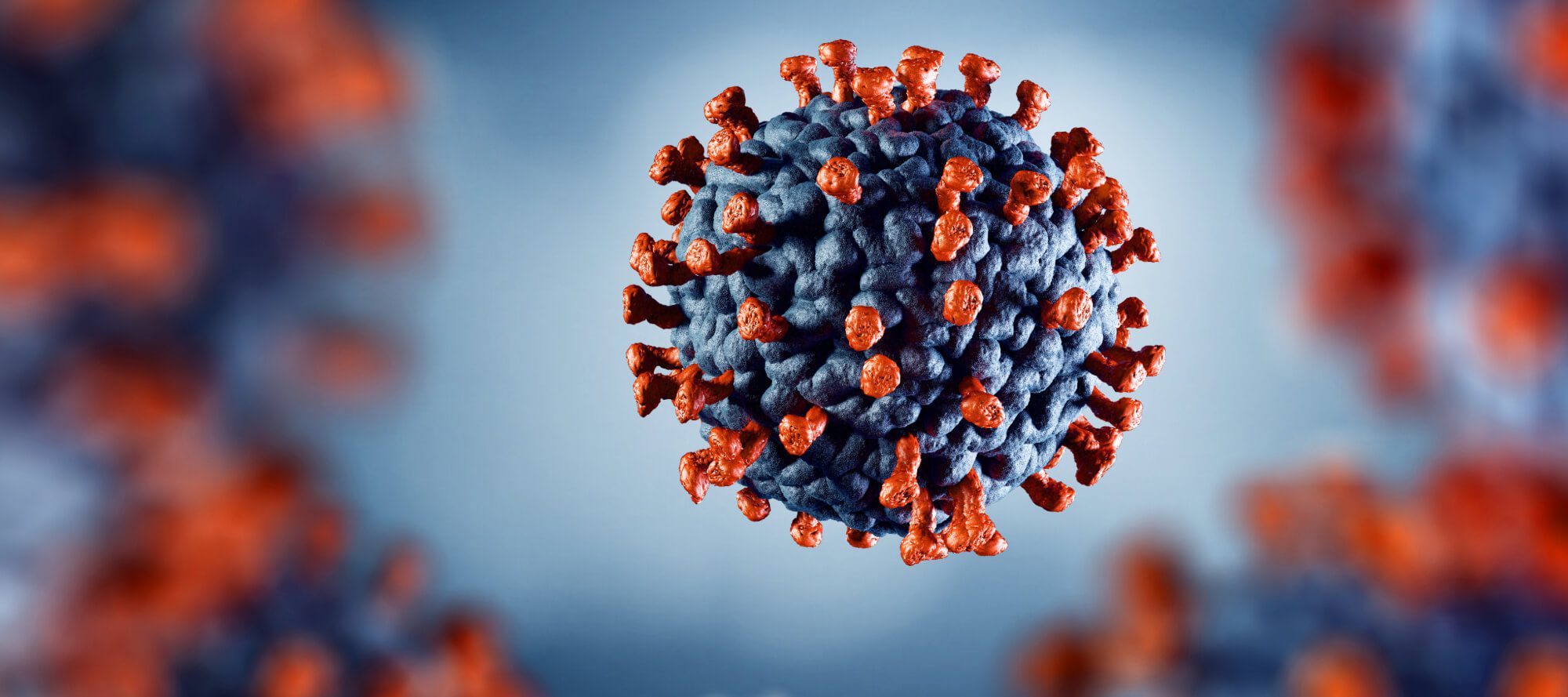- Effectiveness and Safety of Molnupiravir in the Intended-Use Population: An Observational Cohort Study
These are the results of a retrospective cohort study on all IUP in Israel's Clalit Health Services (CHS) from Jan. 16, 2022, to Feb. 16, 2023. The effectiveness outcome was the incidence of hospitalization or death due to COVID-19, and the safety outcome was the incidence of all-cause mortality within 35 days of SARS-CoV-2 infection. 49,515 patients met the eligibility criteria. Of them, 3,957 molnupiravir-treated patients were matched to 19,785 untreated patients. In molnupiravir-treated patients, 70 out of 3,957 (5.1 per 10,000 person-days) experienced COVID-19-related hospitalization or death, compared to 699 out of 19,785 untreated patients (10.4 per 10,000 person-days); RR: 0.50, (95% CI: 0.39-0.64). All-cause mortality was also lower in the treated group, with 41 out of 3,957 (3.0 per 10,000 person-days) experiencing mortality compared to 414 out of 19,785 untreated patients (6.1 per 10,000 person-days); RR: 0.50 (0.36-0.68).
- The Life-saving Benefit of Dexamethasone in Severe COVID-19 is Linked to a Reversal of Monocyte Dysregulation
Investigators identified patients treated with and without dexamethasone according to criteria of the RECOVERY trial during the first months of the COVID-19 pandemic from a large observational cohort study. They generated single-cell omics profiles from peripheral blood-derived immune cells, deciphered cellular, molecular, and functional changes to dexamethasone treatment, and linked the observed changes to clinical outcomes. They found that dexamethasone specifically reverses the dysfunctional molecular phenotypes associated with severe COVID-19 in monocytes of patients with a clinical response to treatment but not those with a fatal outcome. Based on these outcome-specific single-cell gene expression data, they generated transcriptomic signatures that they transferred to whole blood transcriptomes of two independent COVID-19 cohorts, demonstrating their potential as predictive biomarkers for treatment response in clinical studies. They report molecular hallmarks that are linked to the life-saving effects of dexamethasone and demonstrate, in general, the feasibility of single-cell transcriptomics to assess in vivo drug target engagement and treatment responses in clinical studies.
- EEG Signatures of Cognitive Decline after Mild SARS-CoV-2 Infection: An Age-dependent Study
Here a cohort study was conducted to collect pre- and post-infection resting-state electroencephalogram (EEG) data from 185 participants and 181 structured questionnaires of long-term symptoms across four distinct age groups. The goal was to comprehensively evaluate the impact of SARS-CoV-2 infection on these different age demographics. The study analyzed EEG changes of SARS-CoV-2 across different age groups. They found that children and adolescents exhibit smaller changes in brain network and microstate patterns post-infection, implying a milder cognitive impact. Sequential linear analyses showed that SARS-CoV-2 infection is associated with a marked rise in low-complexity, synchronized neural activity within low-frequency EEG bands. Sequential nonlinear analysis indicated a significant reduction in the Hurst exponent across all age groups, pointing to increased chaos and complexity within the cognitive system following infection. Furthermore, linear regression analysis based on questionnaires established a significant positive relationship between the magnitude of changes in these neural indicators and the persistence of long-term symptoms post-infection. The findings underscore the enduring neurological impacts of SARS-CoV-2 infection, marked by cognitive decline and increased EEG disarray. Although children and adolescents experienced milder effects, cognitive decline and heightened low-frequency electrical activity were evident. - Tissue-based T Cell Activation and Viral RNA Persist for Up to 2 Years after SARS-CoV-2 Infection
Investigators performed whole-body positron emission tomography imaging in a well-characterized cohort of 24 participants at time points ranging from 27 to 910 days after acute SARS-CoV-2 infection using the radiopharmaceutical agent [18F]F-AraG, a selective tracer that allows for anatomical quantitation of activated T lymphocytes. Tracer uptake in the postacute COVID-19 group, which included those with and without continuing symptoms, was higher compared with prepandemic controls in many regions, including the brain stem, spinal cord, bone marrow, nasopharyngeal and hilar lymphoid tissue, cardiopulmonary tissues, and gut wall. T cell activation in the spinal cord and gut wall was associated with the presence of LC symptoms. In addition, tracer uptake in lung tissue was higher in those with persistent pulmonary symptoms specifically. Increased T cell activation in these tissues was also observed in many individuals without LC. Given the high [18F]F-AraG uptake detected in the gut, they obtained colorectal tissue for in situ hybridization of SARS-CoV-2 RNA and immunohistochemical studies in a subset of five participants with LC symptoms. They identified intracellular SARS-CoV-2 single-stranded spike protein–encoding RNA in rectosigmoid lamina propria tissue in all five participants and double-stranded spike protein–encoding RNA in three participants up to 676 days after initial COVID-19. (They suggest that tissue viral persistence could be associated with long-term immunologic perturbations but we are still back to the issue with them not demonstrating replication competent virus.)
Situation Dashboards

World Health Organization (WHO)
Novel Coronavirus (COVID-19) Situation from World Health Organization (WHO)

Johns Hopkins University (JHU)
Coronavirus COVID-19 Global Cases by the Center for Systems Science and Engineering (CSSE) at JHU

COVID-19 in US and Canada
1Point3Acres Real-Time Coronavirus (COVID-19) Updates in US and Canada with Credible Sources

Genomic Epidemiology COVID-19
Genomic Epidemiology of (COVID-19) Maintained by the Nextstrain team, enabled by data from GISAID.






